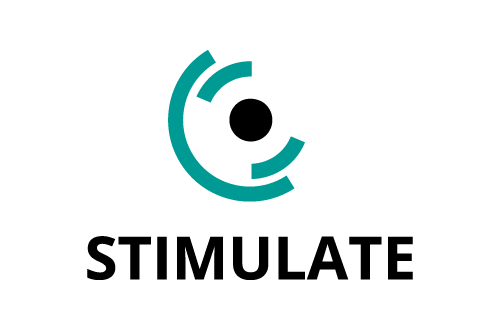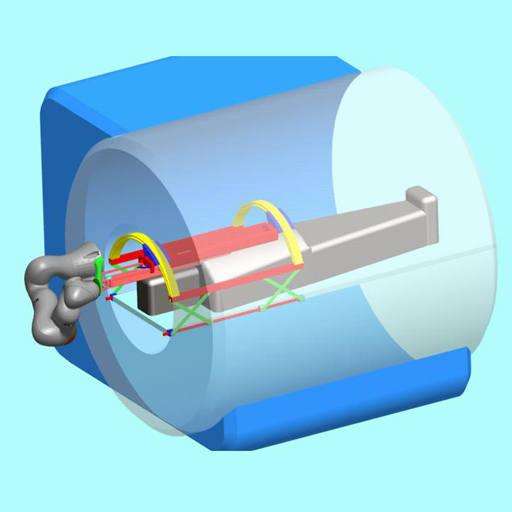At the STIMULATE research campus, the Fraunhofer IFF developed a concept for a manipulator that facilitates minimally-invasive surgery in an MRI scanner taking scans. The advantage of this special form of surgery is the surgeon’s ability to insert and move minimally invasive surgical instruments in a patient’s tissue during the operation and based on a live image.
The Fraunhofer IFF designed an MRI compatible manipulator in close consultation with neuroradiologists at Otto von Guericke University Magdeburg. It has all the degrees of freedom necessary to move minimally invasive surgical instruments such as biopsy needles inside an MRI scanner and patients. The manipulator is assembled on the patient table. The standard model also provides sufficient options for attachment. The manipulator does not have any drive system. It is moved or controlled either manually or by a robot outside the MRI scanner. Control levers are provided for manual operation. The surgeon’s movements are transmitted directly to the surgical instrument in the MRI scanner. The manipulator can be operated automatically when a robot is connected to it.
Given its slim design and absence of active components, any expected interference with an MRI is minimal. What is more, the manipulator can be retrofitted for any installed MRI scanner. Thus, older MRI scanners can also be retrofitted without any problem. At present, the Fraunhofer IFF is planning to build a prototype based on the concept devised.

